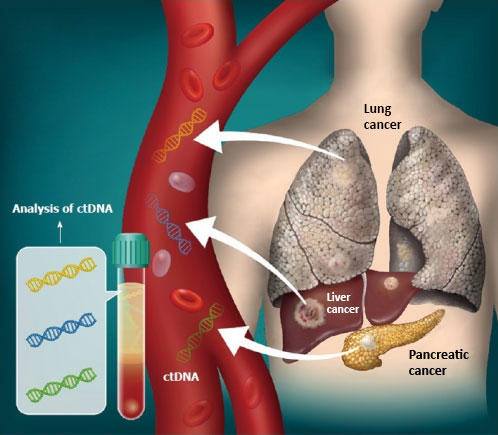Key Takeaways
- Researchers uncovered new personality traits and developed a new personality hierarchy using novel data science methods in taxonomic graph analysis (TGA).
- TGA could lead to a more precise understanding of personality and classifications in psychopathology.
- The researchers' TGA method builds personality hierarchies from the bottom up, as opposed to long-standing top-down approaches, revealing important statistical relationships between lower-tiered characteristics.
Alexander Christensen's recent study probably won't rewrite 40 years of history in the field of psychology, but he hopes that his research team's quantitative approach to developing and evaluating personality structures triggers a discussion about how personality is defined and measured. Such discussion could hold broader implications for the field of personality psychology and potentially for classifications in psychopathology.
Christensen and his colleagues' article, "Revisiting the IPIP-NEO personality hierarchy with taxonomic graph analysis," was published in June in the European Journal of Personality.
Personality surveys, informed by theoretical personality structures, are often organized in a hierarchy, and offer people a scientific understanding of who they are. For 40 years, the Big Five personality structure has been a highly regarded tool for creating psychological profiles. The Big Five traits are conscientiousness, agreeableness, neuroticism, openness to experience, and extraversion.
Christensen, an assistant professor of psychology and human development at Vanderbilt Peabody College of education and human development, says that the Big Five structure has been a culturally robust and predictive model for personality, but he believes it can be improved using advanced data science methods.
Common methods for understanding and measuring personality begin with the Big Five traits and connect to more refined characteristics further down in the hierarchy in a top-down, siloed approach (as shown in the structure below). The approach can miss important statistical relationships between items (or individual survey questions). Items are the building blocks of personality taxonomies. Understanding the relationships between them is key to developing scientifically valid structures higher up the hierarchy.
A new and improved approach to personality structures
In their new study, Christensen and his colleagues apply taxonomic graph analysis (TGA), a network for measuring the relationships between psychological variables, to the IPIP-NEO personality inventory. Using TGA as the tool for building the personality structure allows relationships to emerge from the bottom-up by making empirical connections between items to "facets" (narrow personality characteristics) to traits like the Big Five. The quantitative power of TGA uncovers a new, more precise structure (shown below) for measuring and describing personality.
In the research team's new three-tiered IPIP-NEO taxonomic structure, they found three meta-traits (stability, plasticity, and the new disinhibition), six traits (neuroticism, conscientiousness, openness, and three new ones: sociability, integrity, and impulsivity), and 28 facets.
Application to psychopathology
"Beyond personality, I think this bottom-up approach could have an impact on how we develop classifications of psychopathology," Christensen said.
Psychopathology structures (as exemplified above) follow a similar top-down approach to personality structures. As an example of how TGA could lead to reclassification and a change in diagnoses, Christensen points to the overlapping symptoms associated with internalizing disorders, specifically depression and anxiety. They often are diagnosed together but as two distinct diagnoses. However, a TGA investigation of psychopathology structures might reveal two types of depression with anxiety being a component of one of these types, not a distinct diagnosis itself. If that were the case, a mental health practitioner could possibly diagnose someone with a specific type of depression, rather than with depression and anxiety.
Even so, Christensen says, "The paper's lasting impact will be in the value of taxonomic graph analysis and the methods we developed for investigating complex psychological structures."
The importance of "team-science"
Christensen credits the breakthroughs of this paper to the "team-science" approach that bridged longstanding theoretical scholarship and recent innovations in data science. "Lead author Andrew Samo approached me a few years ago with this idea of examining the hierarchical structure of personality, and I thought we had developed some tools that we could apply to the evaluation. We wouldn't have been able to do this study without bringing together Andrew's substantive and theoretical team and my quantitative team. It's a great example of what team science can accomplish," Christensen said.
If you would like to take a shortened version of the survey Christensen and colleagues investigated, it is freely available.
Christensen teaches Behavioral Data Science in the Psychological Sciences Ph.D. program and Quantitative Methods M.Ed. program. He also teaches Fundamentals of Data Science for the Data Science undergraduate minor and Advanced Statistics for Data Scientists in the Data Science M.S. program.






